These days, it’s not uncommon to have many of your items of clothing or accessories be named as if they were people. It started naturally enough. When a person started a business in their town or community, they would frequently name it after themselves, which made sense, as it tied the new business to the person’s, or family’s, identity. According to timeline.com, that didn’t really start to change until mass media and mass marketing started to enter the picture. Suddenly there was more than one company with similar names being marketed to the same consumers, creating the need for business people to starting branding themselves as a way to stand out.
The first shift in clothing branding came with the early “designer” brands, like Worth or Chanel, and consumers loved being able to identify themselves with a person whose brand they admired. Over the decades, as the variety of things people had access to continued to grow, so did the consumer’s tendency to identify with the products they used on a fairly personal level. That, in turn, led to many retailers, especially those that sold clothing and accessories, to start giving individual styles of clothing human names, hoping to evoke a personal response.
Long before that market shift, though, there were already a number of instances where types of clothing were named after specific people or places, for reasons that had nothing to do with branding.
Denim Jeans
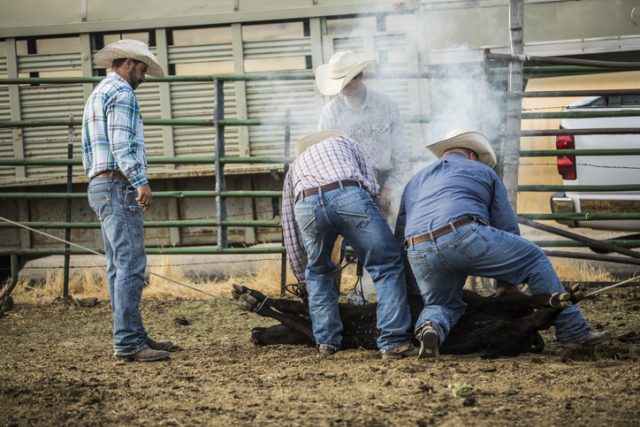
This iconic item actually refers to two different places. First, Nimes, France, which produced a twilled wool serge that was used for making pants.

The fabric was called serge de Nimes, and English-speakers as early as the 1600s started to run the words together into one word. A couple hundred years later, Americans started using the same word to refer to the sturdy cotton fabric we know as denim.
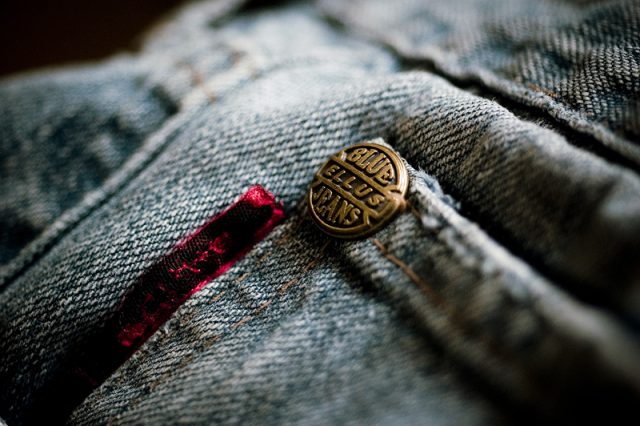
Secondly, the word “jeans” is actually a derivation of Genoa, the city in Italy that was also known for making trousers, using a twilled cloth called “fustian.” The pants were became known as “jene fustian,” and that eventually just became “jeans.”
Tuxedos

This name for a formal suit dates back to the 1800s, and refers to Tuxedo Park, New York. Tuxedo Park was a residential club frequented only by the most wealthy.
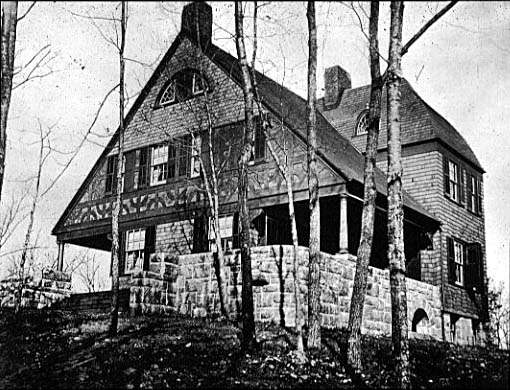
Every year they held an autumn ball which required male attendees to wear a white tie and tailcoat. As a result, the black tailcoats came to be known as tuxedo jackets, and the word has since become an umbrella word for men’s formal suits, and has even gained in popularity as formalwear among some women, such as Angelina Jolie or Diane Keaton.
The Birkin Bag
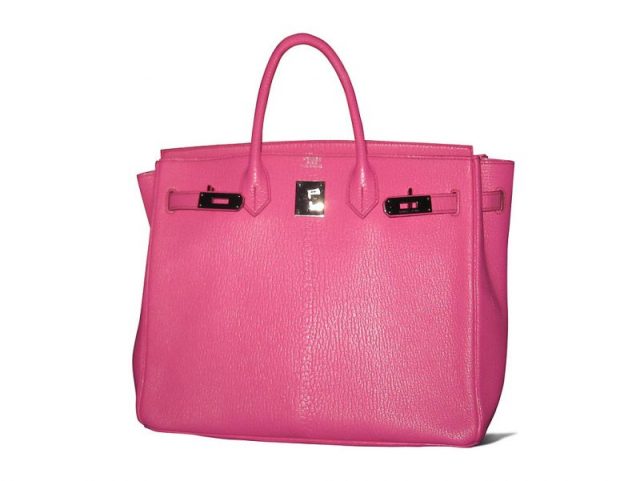
This extremely expensive bag has appeared on the arm of various female celebrities, and has even had its own plotline on several television shows, including Gilmore Girls and Sex and the City.
The bag is also named for an English actress, Jane Birkin. The story behind the bag’s name is that Birkin was seated next to Jean-Louis Dumas on a flight to Paris. Dumas was the chief executive of Hermes, who produces the bag.

She put her straw bag into the overhead compartment, but everything fell out. She reportedly told Dumas how hard it was to find a leather weekend bag she liked, so the two of them ended up designing the Birkin bag on the flight, and he named the bag after her.
The Ascot
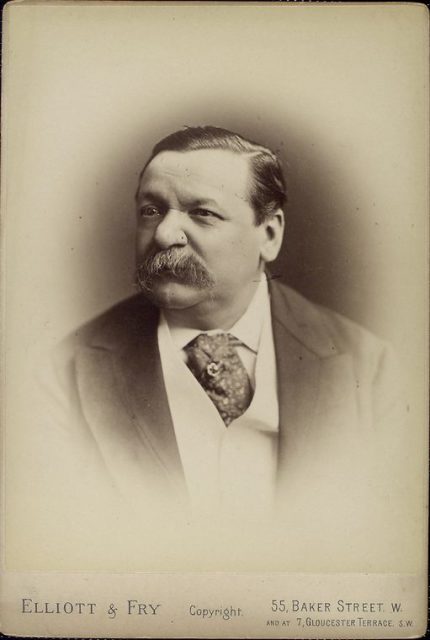
An ascot is a type of cravat. Cravats were early forms of what we now call the necktie, and were invented by the Croats. The word eventually shifted a little and became cravat.
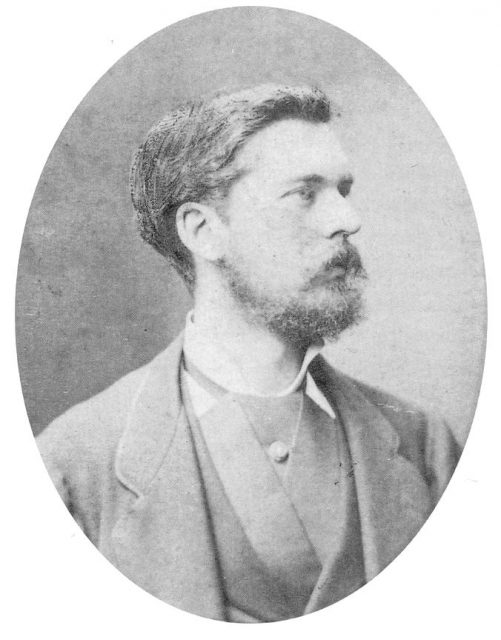
Ascots were a form of cravat that first began appearing around the turn of the 18th century. It didn’t really become popular until the 19th century, though, and derives its name from being worn by men attending the Royal Ascot Races in Ascot, England; it was then known as the “ascot tie.” The style became popular again in the 1950s, which is also when it just became known as an “ascot.”
Capri Pants
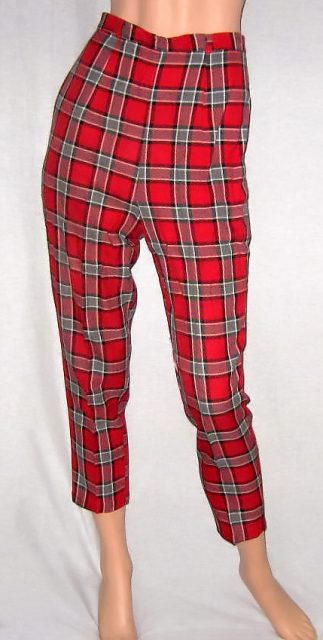
This style was wildly popular in the 1950s and ‘60s. It was created by Sonja de Lennart, a European fashion designer, and named for the Italian island of Capri, where the women often wore the shorter, ¾ length pants.
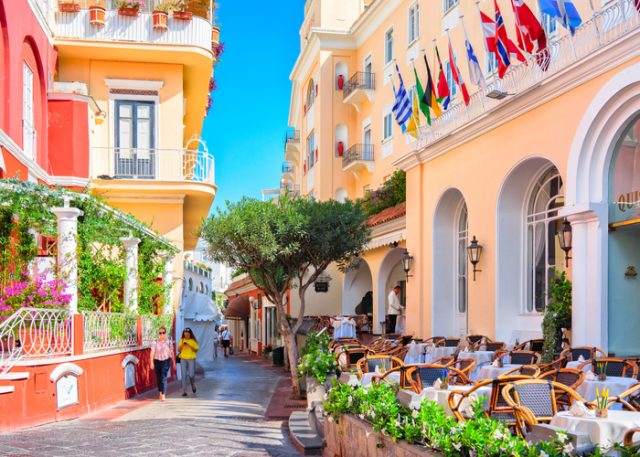
Capris were some of the first pants for women that were cut in a more body-conscious manner instead of being made exactly like men’s pants, which had previously been the norm.
Jerseys

Nope, these didn’t get their start in the state of New Jersey. This item of clothing is actually named for the island of Jersey in the United Kingdom. The island has a long tradition of making very warm sweaters with a tight weave, meant to help seaman stay warm.
Americans adopted the term for their early football uniforms, which were made of wool and meant to offer some protection for football players in the early 1900s. As the fabrics used in uniforms got increasingly light, the term “jersey” became synonymous with lightweight tops made from synthetic fabrics. At least, it did in the U.S. In the U.K. the word “jersey” still means a sweater.
Leotards
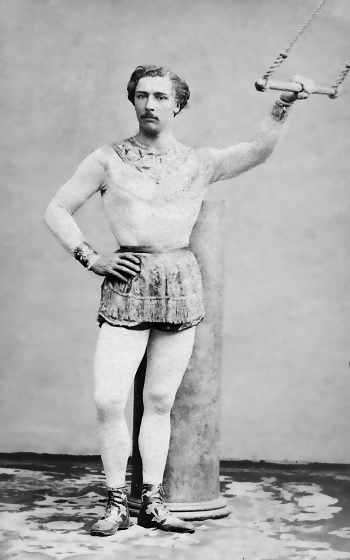
These tight, stretchy garments get their name from the Frenchman who first wore them, Jules Leotard. Despite having studied to be a lawyer, Leotard spent a lot of time at his father’s gym, according to circusesandsideshows.com. He was very skilled on the parallel bars, and eventually got the idea of hanging a bar on two ropes, inventing the trapeze. He introduced his new trapeze act on November 12, 1859, at the Cirque Napoleon. He created the snug, stretchy outfit to both give ease of movement and to show off his body during his act.
He originally called it a maillot, which is the French word for shirt, but the garment was given his name after his death from smallpox in 1870.
Cardigan sweaters
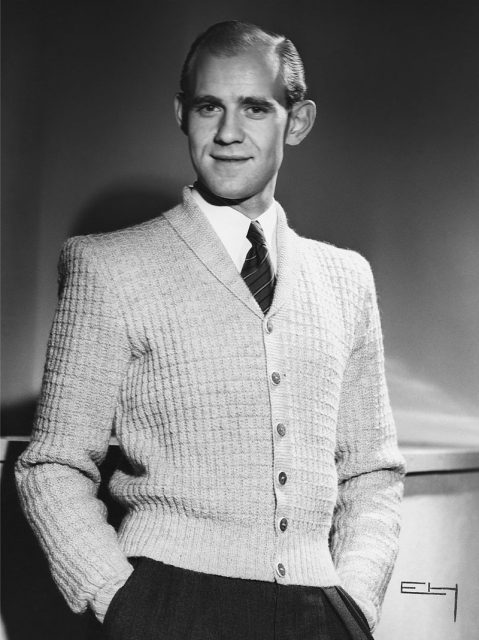
These classic sweaters are named after James Thomas Brudenell, the seventh Earl of Cardigan, who supposedly chose to wear a collarless, waist-length wool jacket while leading his troops in the Crimean War.
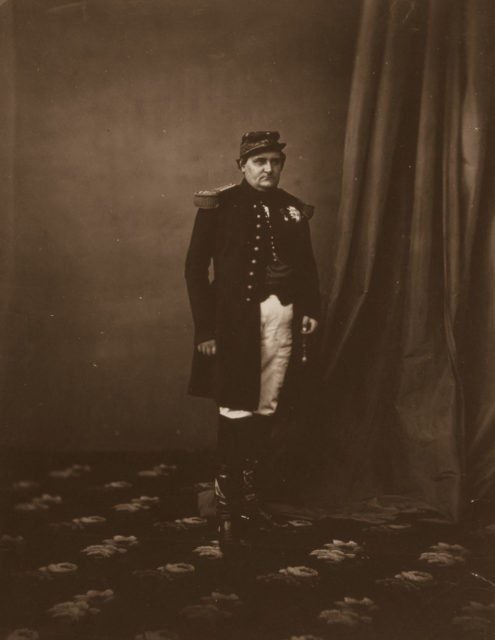
The Earl left Crimea and returned to England a year into the war for health reasons, however many stories of his heroism had reached his homeland before he did. As a result, merchants wanting to capitalize on Lord Cardigan’s current fame began selling jackets of the same type, which they named in his honor.
Argyle
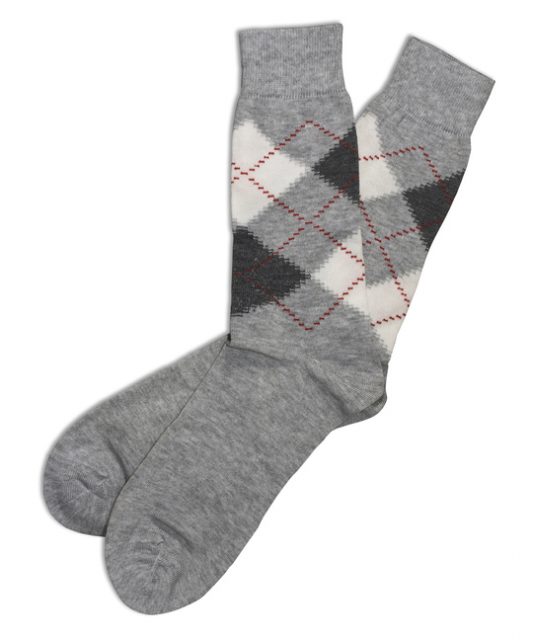
When you think of Argyle, the first images that come to mind are often of sweaters and golfing socks, but the pattern’s roots actually come from a spirit of revolution.
The classic diamond pattern first started being seen in Scotland, in the 1940s, but its design was inspired by the 17th century tartan of the clan Campbell, from Argyll. The plaid was used in kilts and also for the patterned socks that most highlanders wore under them. According to an article in the Washington Post, citing The Scottish Historical Review, when Mary, Queen of Scots ended the Chaseabout Raid that opposed her marriage to Lord Darnley in 1565, Archibald Campbell, the fifth Earl of Argyll, was the last rebel still at large in Scotland.
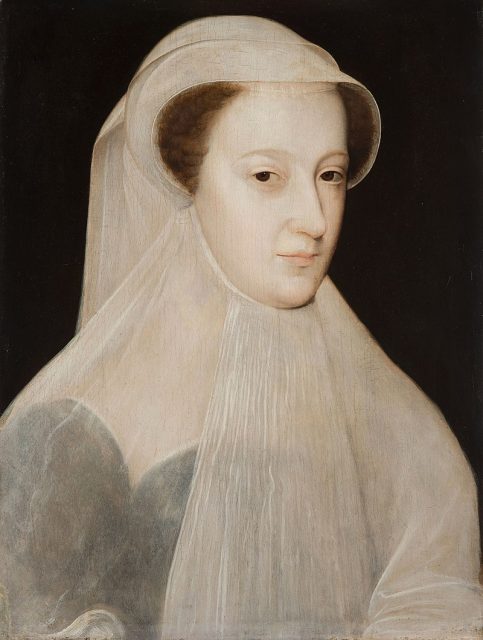
He returned to his castle, where Mary couldn’t chase him, and it was his anti-establishment descendants who created the pattern.
Read another story from us: The Fascinating Stories Behind the Names of the Months
Pringle of Scotland picked up that pattern after the First World War, and that’s when it began to become associated with leisure and wealth – a startling diversion from the situation of those who developed it.
